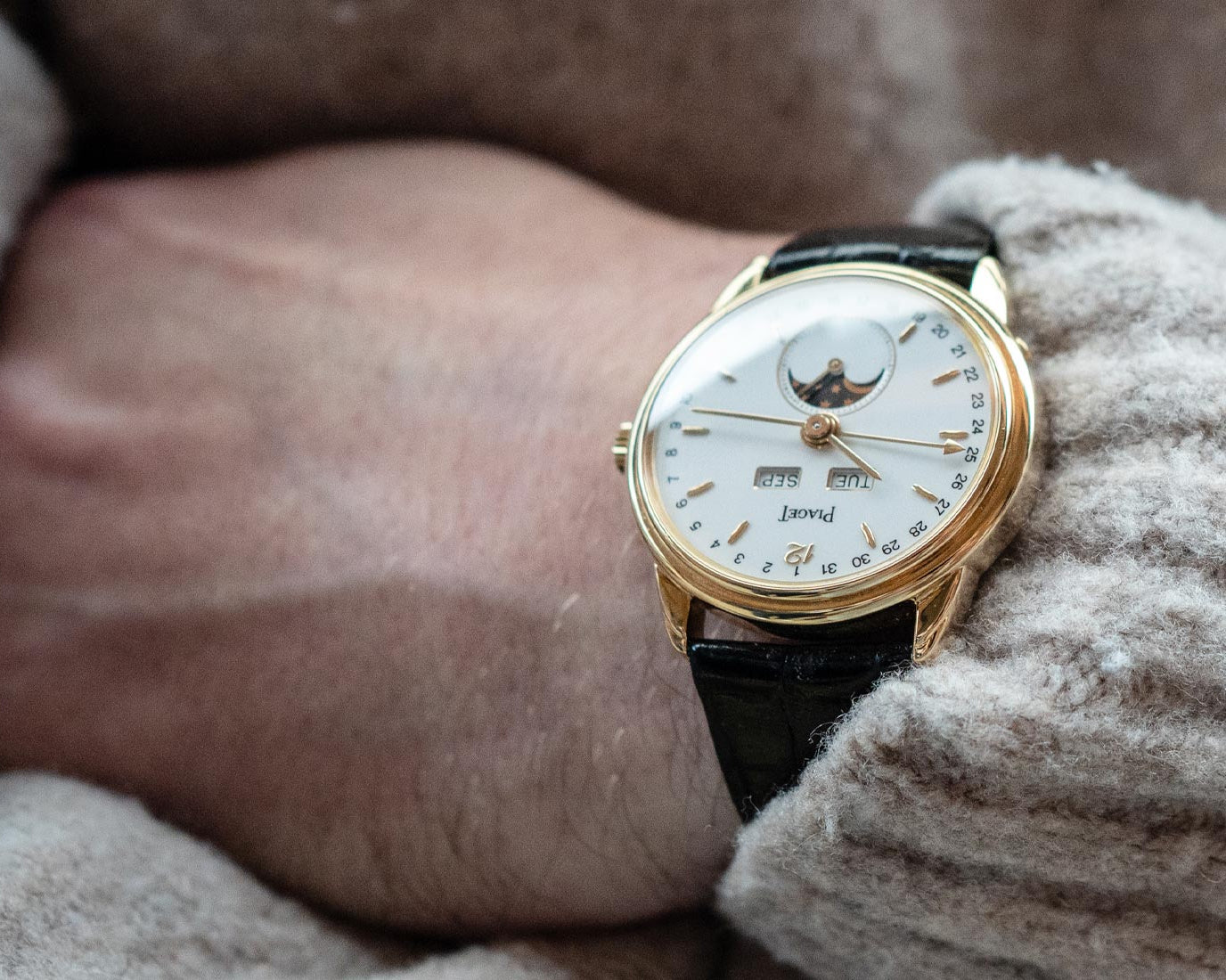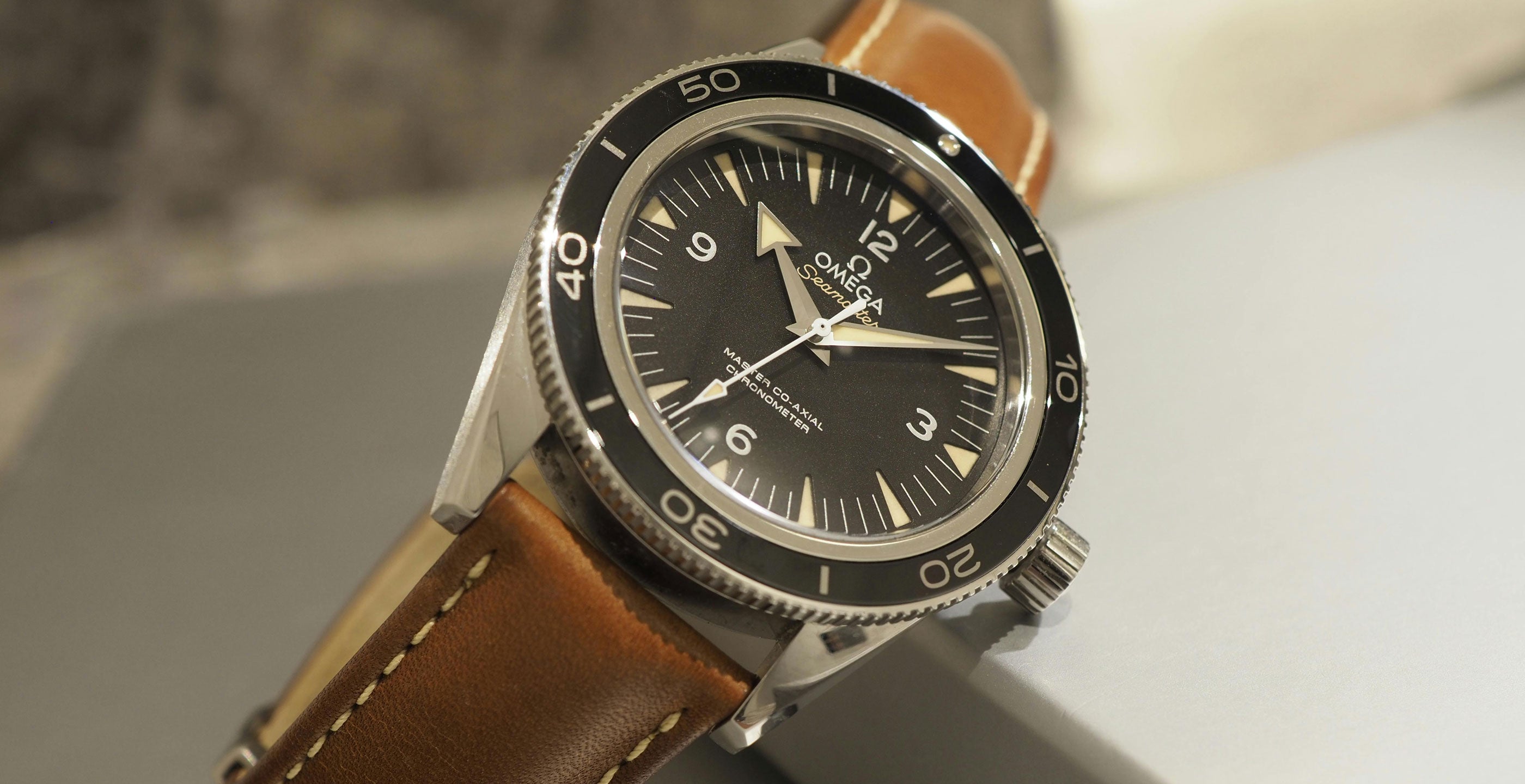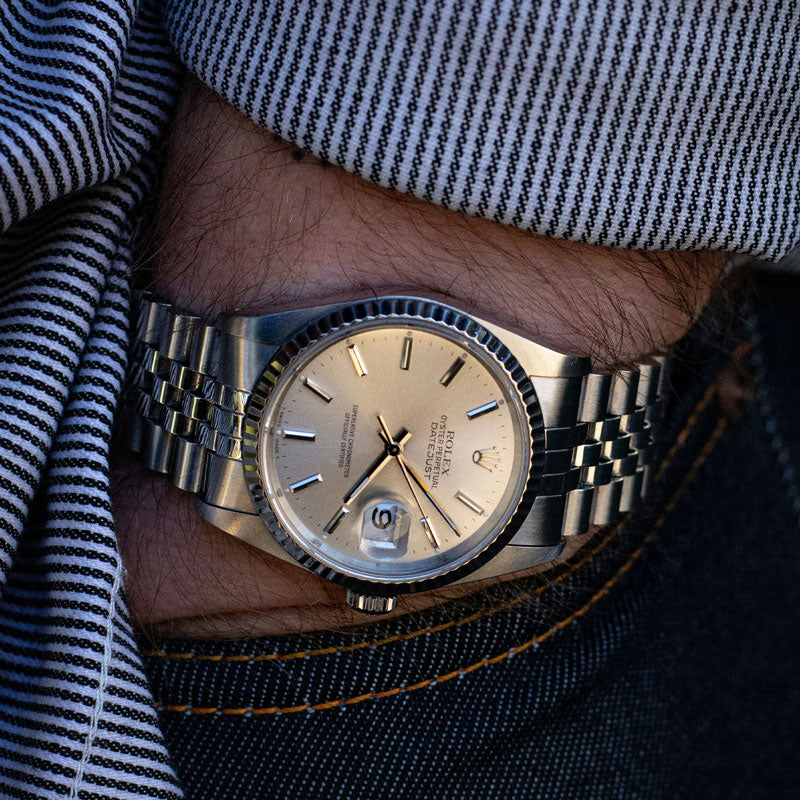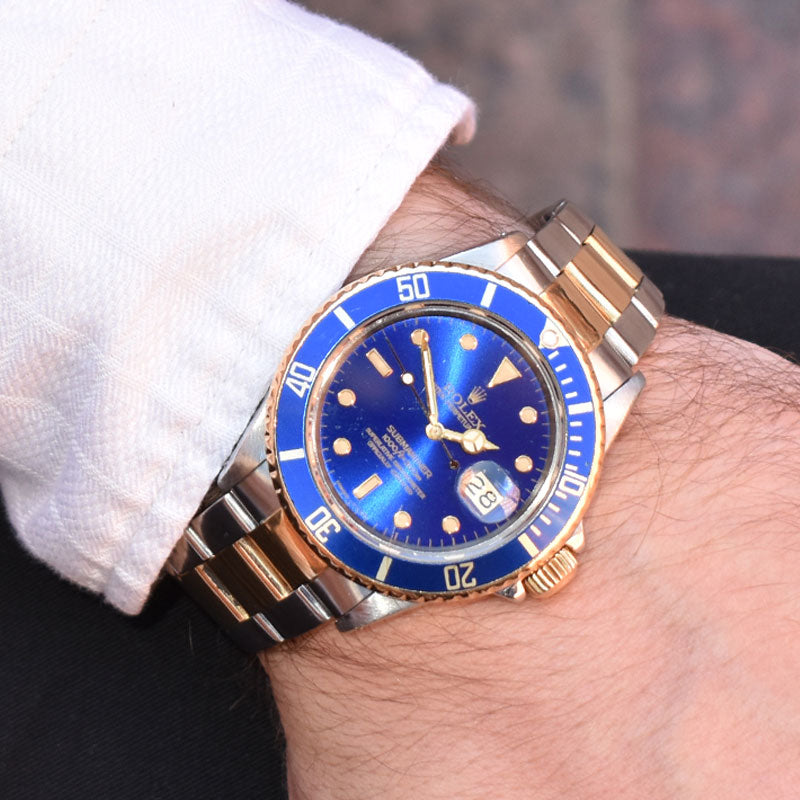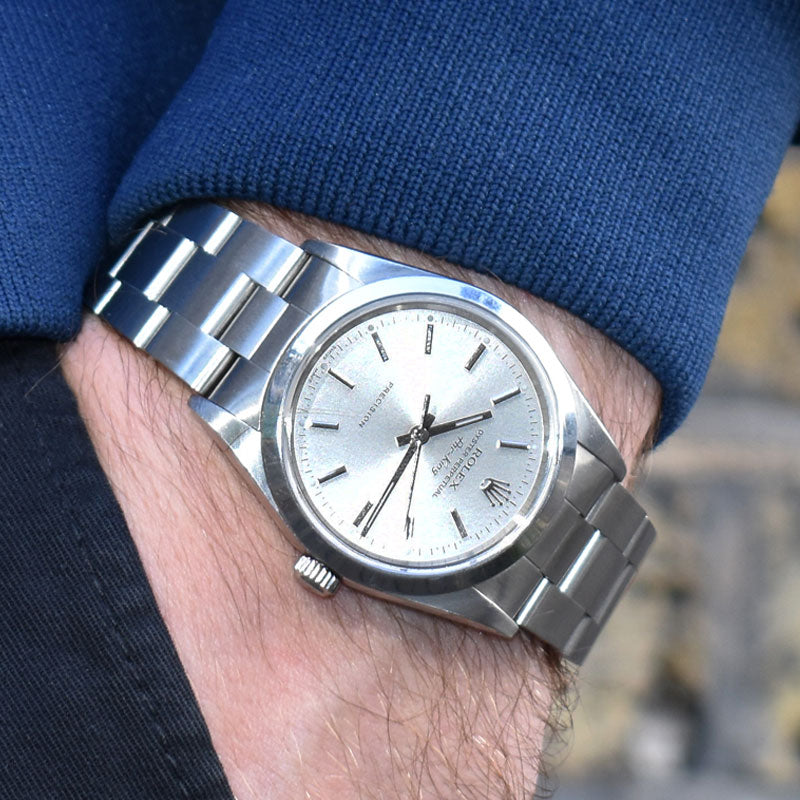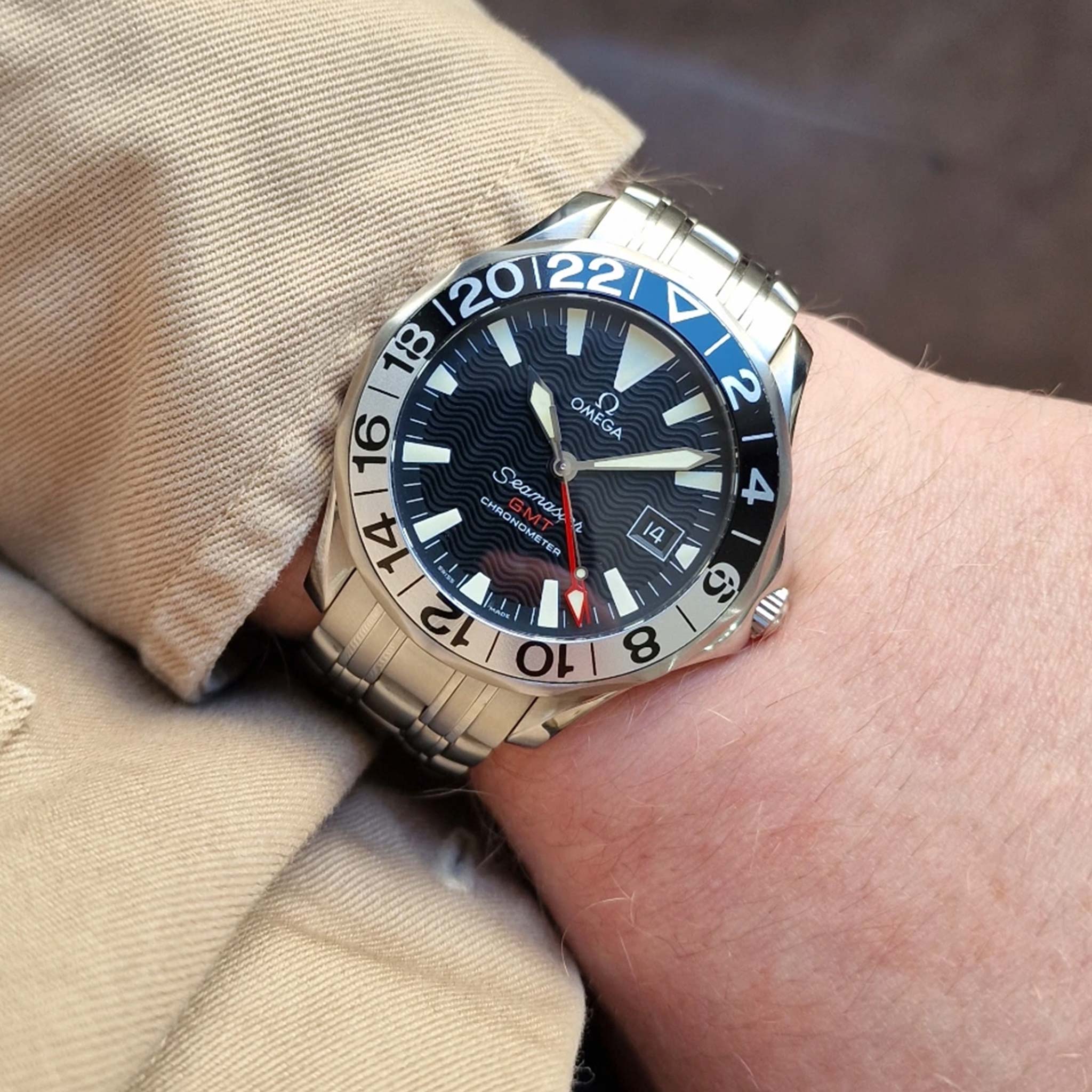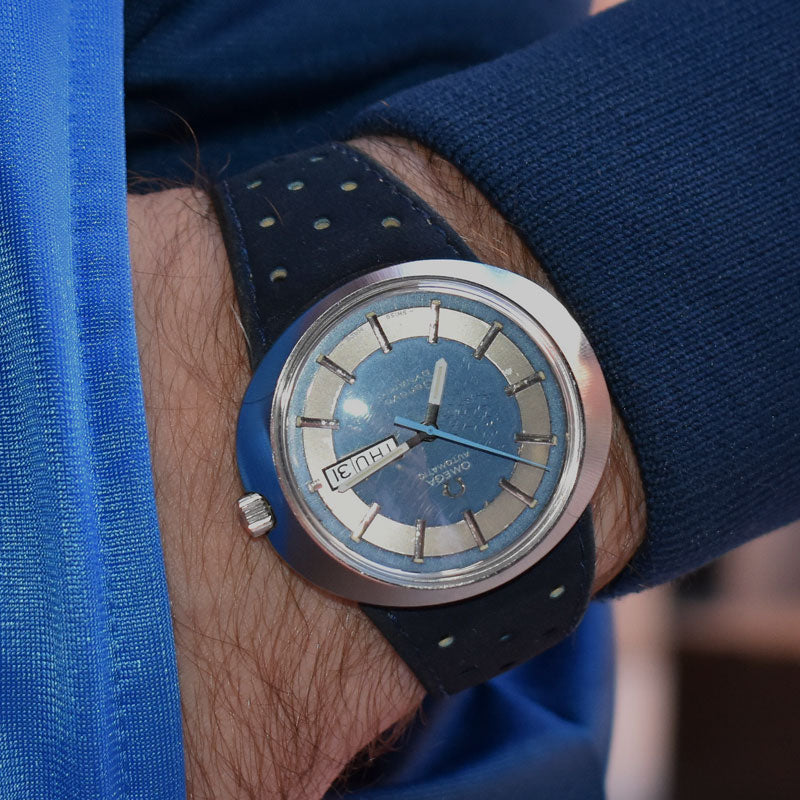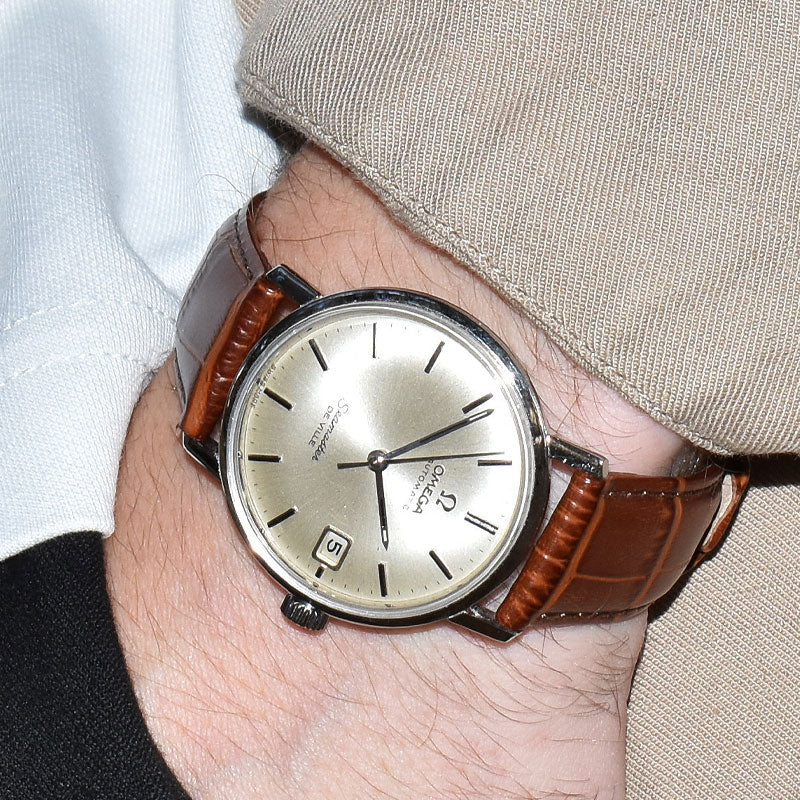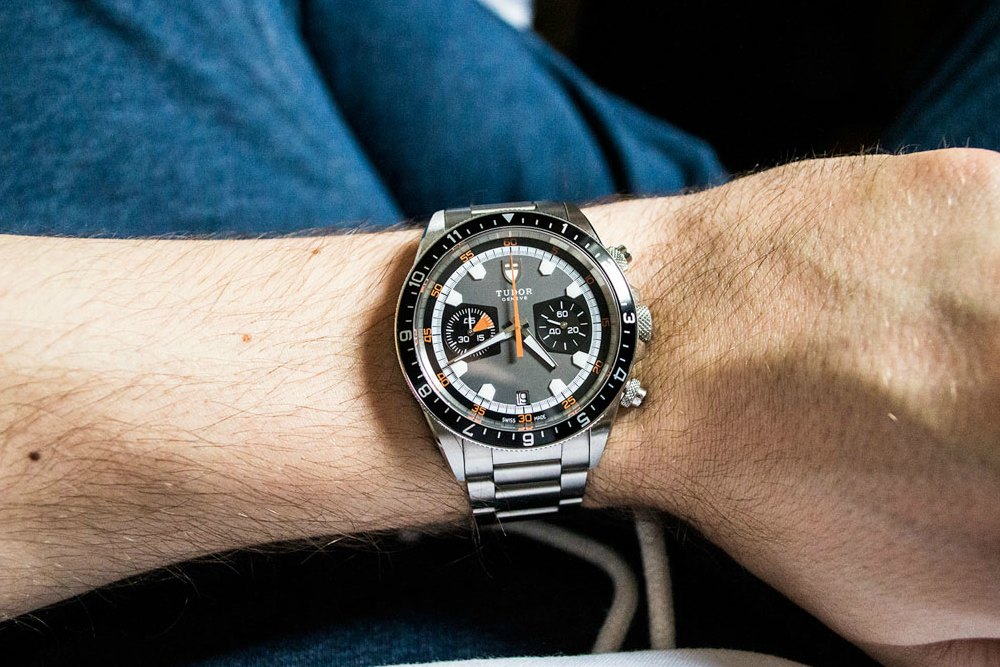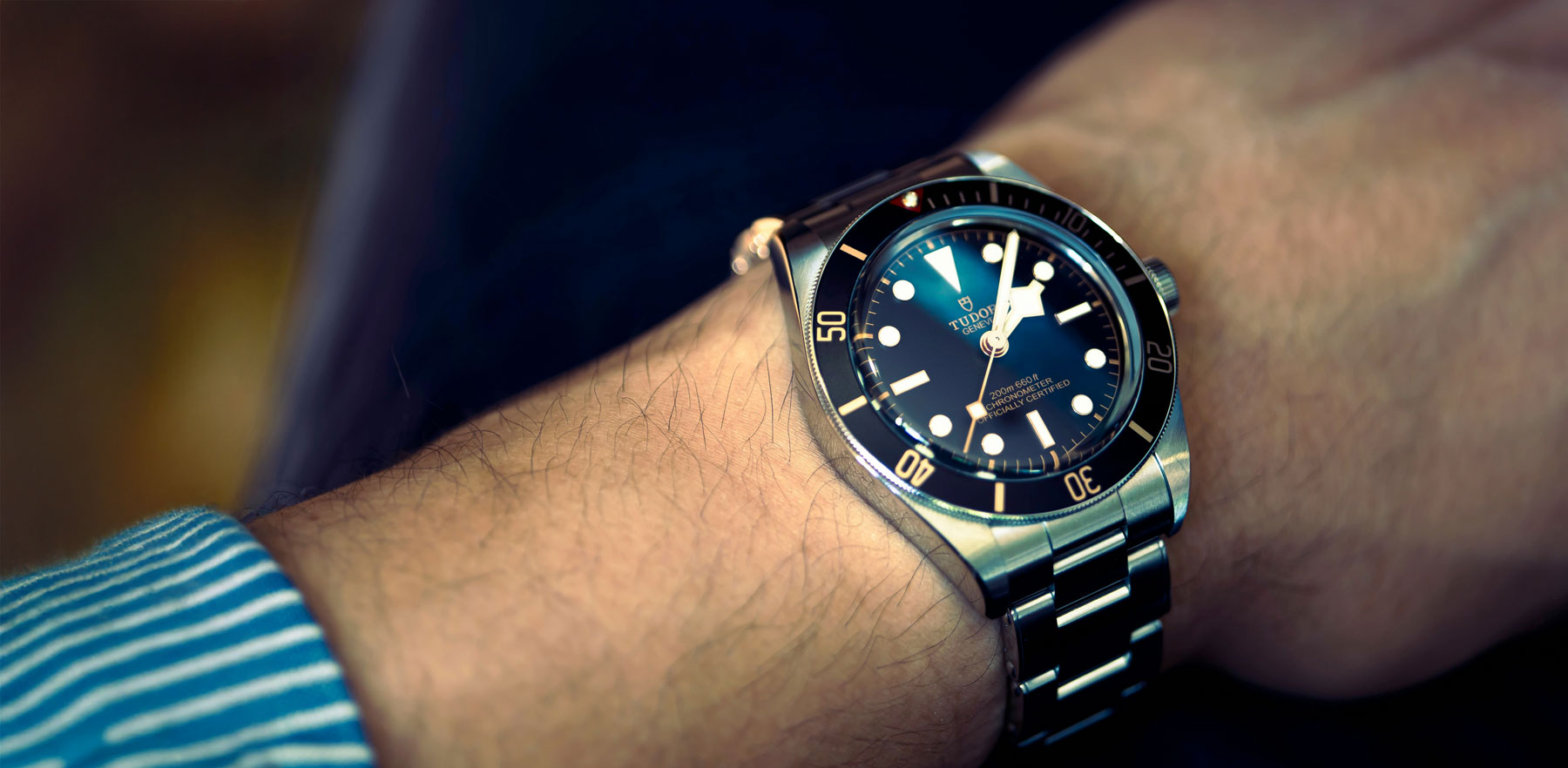On June 21st, 2017 the hammer struck at Christie’s Rare Watches and American Icons auction, and for the eye-watering price of £670,000 a collector snagged a Rolex Daytona Ref. 6264. The watch in question has the sought-after “Paul Newman” dial design made famous by the iconic actor, has a gold case and, more notably, has a “lemon” dial, nicknamed for its yellow hue. Here’s the thing: Most gold Daytonas, even relatively rare Paul Newmans with black- or champagne-coloured dials, sell for hundreds of thousands less. Why? Only four lemon dial reference 6264 Paul Newmans are publicly known to exist.
It all sounds very impressive except a month earlier, at Phillip’s auction in Geneva, somebody spent £3.1 million on another seemingly identical watch. It was a Rolex Daytona. Same gold case, same lemon dial. But this watch is a reference 6263, which means it has screw-down pushers (instead of the 6264’s pump-pushers) and only three of them are known to exist.
Welcome to the high-dollar world of vintage Rolex collecting.
For the last several years, vintage Rolexes across the board have risen in value. Just four years ago a similar 6264 and 6263 sold for £313,118 and £677,913, respectively. “The first Rolex to ever bring one million at auction was in 2011,” says Eric Wind, a vintage watch specialist at Christie’s. “Since then many have sold for one million and prices have skyrocketed for many pieces.”
It’s part of a larger, seemingly exponential increase in interest in vintage watches in general, but Rolexes, in particular, have become the stars of vintage watch auctions, with sports watches adorning the crown headlining watch sales at big auction houses like Christie’s, Sotheby’s and Phillip’s. “Patek Philippe watches have traditionally been the kings of the auction world, but recently we’ve seen Rolex watches in many cases get on par with them, and even beat them, depending on the watch,” Wind says.
So what is it about Rolexes, specifically? A couple factors are at play, but most notably prestige. Rolex has basically become synonymous with “nice watch.” Rolex’s marketing department “has reached the point where it can pretty much leave things on autopilot.” The brand’s watches have weathered any and all style trends in the last several decades and look more or less like they did back in the day — they’re instantly recognisable to almost anyone, and that icon status is essential to their success both on the new market and certainly on the vintage market.
“They have such a rich history of being worn by world leaders and in cinema…and many of the vintage things we see as valuable now, like vintage sports cars or other things like that, they’re things people coveted when they were young. A Rolex is that thing for a lot of people around the world,” Wind says. “You’d hear these stories of spies wearing them overseas so they could trade them to get out of a tight spot, or you have Sean Connery, George Lazenby and Roger Moore wearing them as James Bond. And you have Marlon Brando wearing the GMT-Master in Apocalypse Now — all these important Rolexes were worn in movies.”
Wind believes much of the vintage Rolex market is fuelled by the internet. With the onslaught of dedicated watch blogs and sites — younger buyers are becoming more interested in these vintage pieces, and Instagram especially has been a microcosm for watch one-upmanship among enthusiasts. “It used to be, particularly before Instagram and blogs, that people were very happy with just a standard, nice condition piece. Now everyone wants something that’s more special and rare to show other collectors. It’s kind of like saying to them ‘I have something you can’t have.’”
That’s the thing about Rolex — its back catalog is packed with obscure references and dial variations, due to experimenting with different dial layouts and design schemes. “A lot of it was marketing and what was most responsive to customers,” Wind says. “With Rolex, you have things like ‘Officially Certified Chronometer‘ which they changed to ‘Superlative Chronometer Officially Certified.’ I guess they thought superlative was a jazzy, marketing-friendly word. Then it became a matter of dial layout, font and case size and text.”
For example, early iterations of the Rolex’s deep-diving Sea-Dweller featured two lines of red text reading “Sea-Dweller” and “Submariner 2000.” But Rolex, according to watch lore, saw that consumers were getting confused with the “Submariner” moniker, mistaking it for the brand’s entry-level dive watch. Rolex eventually axed it, then swapped the red for all white text to increase legibility. The earlier watch, dubbed the “Double Red” by collectors, goes for around $25,000 today, while later iterations of the watch with the white text (known as the “Great White”) are valued at about half as much.
As with any grail, the hunt for these hard-to-find references and dial variations adds to their allure. But given the soaring values for specific references and dial variations, shysters and counterfeiters have capitalised on the growing demand. Seeing knock-off versions of, say, Paul Newman Daytonas for sale online is not uncommon, and the abundance of fake watches and “Frakenwatches” (knockoffs pieced together from unoriginal parts) has made collecting vintage Rolexes “the murkiest, seediest, ugliest realm of watch collecting there is,” according to Hodinkee founder Ben Clymer.
It’s important for collectors, then, not to jump in headfirst, but spend their time researching specific references, a task made easier by a wealth of knowledge readily available online. Going through vetted dealers and auction houses is helpful, too. In the end, it will only add to the gratification of finally owning the right watch. “It’s very frustrating because the search for a good version of a particular sample can take years,” Wind says. “But it’s also one of the most amazing things about trying to find something particular — there’s all this anticipation, and once you find what you’ve been looking for, it is elation.”
Original article first appeared on GearPatrol
